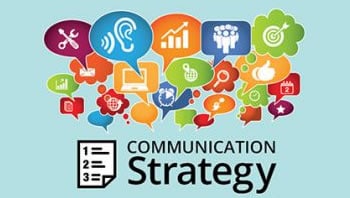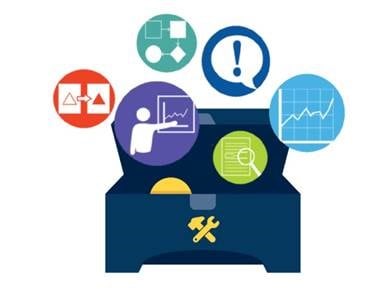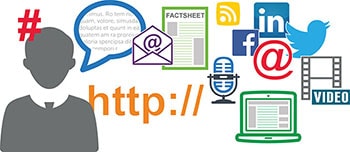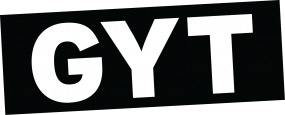Communication Planning
- CDC supports innovative ways to convey the goals and objectives of your program.
- Communication planning allows programs to deliver consistent, effective health messaging to the right audiences at the right time.
- Effective communication planning is purposeful and timely.

If you do, review these questions to develop an effective communication strategy for your program. If you have not developed a plan, ask and answer these questions to create your communication strategy. For more information, consult CDC’s Health Communication Playbook.
School-Based HIV/STD Prevention Communication Resources Toolkit

This toolkit provides communication planning guidance, information, strategies, and resources to develop materials and implement youth HIV, STD, and unintended pregnancy prevention efforts using public health research, policy, and practice.
Resources
Strategic communication planning should be a key component of overall program planning. As you create a communication plan, the following federal resources may be of use.

Marketing Your Program’s Success
Program success stories are an important part of communication planning. Success stories are brief, written reports that demonstrate the progress of a program or activity and how results can improve the health of a community or population over time.
Success stories highlight activities, such as new interventions or feature evaluation data from a completed project. The more educated your stakeholders are about your program’s goals, activities, and successes, the more likely they are to support your program. Success stories can be used to communicate your program’s achievements and progress in addition to garnering support. When presented effectively, a success story can be a useful tool for educating your stakeholders about the outcomes of your work and the valuable results you are achieving.
Communicating Your Program’s Story
Sharing your program’s success can:
- Capture accomplishments and progress over time
- Educate decision makers and partners about the impact and reach of your program
- Demonstrate responsible use of resources and funding to stakeholders
- Share “best practices” with other similarly-funded programs
- Attract new organizational partners for collaboration and outreach
Guidance for How to Write Your Success Story
Health Marketing Campaign Example
GYT: Get Yourself Tested for High Schools is an empowering campaign that can be implemented in high schools to encourage young people to get tested for HIV and STDs.
